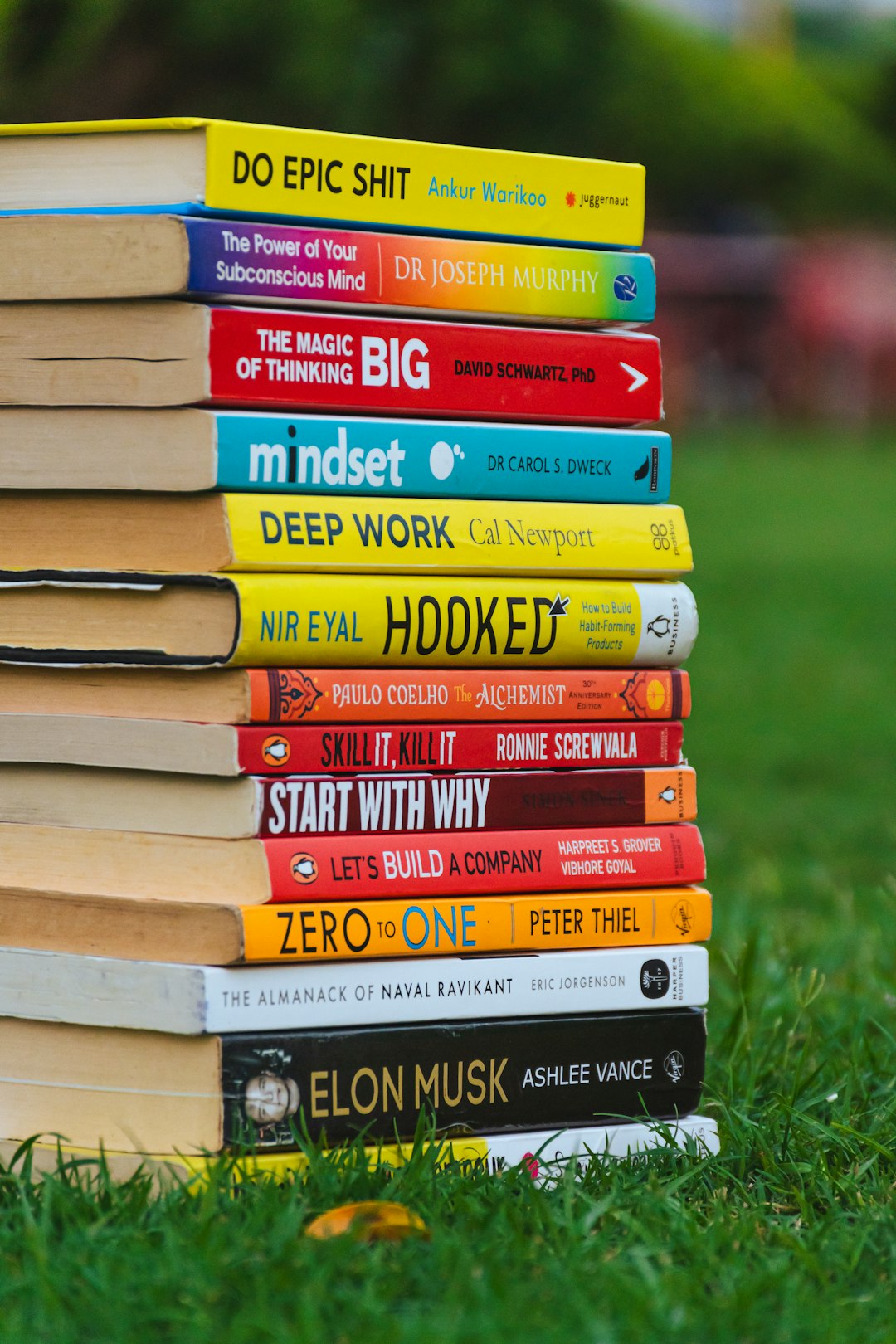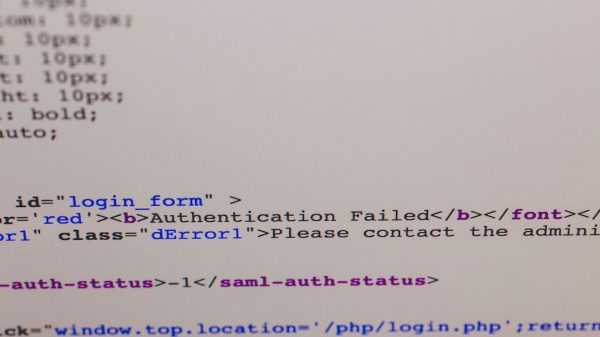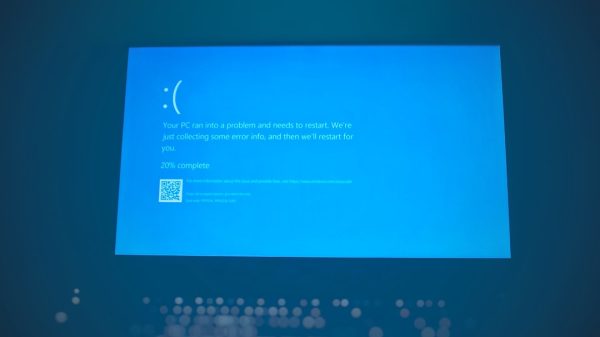So, you’ve been blogging for a while. You’ve written tons of helpful, engaging, and even brilliant stuff. Your readers love it. But here’s the big question: What now?
Well, here’s a fun idea — turn that blog into a book!
Yes, a real book. One you can hold, sell, sign, or give away. Taking your blog content and turning it into a book is not just a smart move, it’s also simpler than you might think.
Why turn your blog into a book?
There are some huge perks:
- Authority: Books make you look like a pro.
- Reach: People who don’t read blogs still read books.
- Credibility: Being a published author carries weight.
- New Income: Hello, book sales!
- Efficiency: You’ve already written the content. Why not reuse it?
Now that you’re convinced, let’s dive into the how-to.
Step 1: Choose a Theme
Your blog probably covers a lot of topics. But a book needs focus. You can’t just throw together 100 random blogs and hope it reads well.
Pick a central theme. Something your audience already loves. Ask yourself:
- What posts got the most attention?
- What topic do I have the most content on?
- What do I enjoy writing about the most?
Example: If you run a personal finance blog, your book could focus just on budgeting for beginners.
Step 2: Gather Your Content
Now it’s time to dig through your blog archives. Look for posts that support your theme.
Create a document or spreadsheet and start pasting links or content titles into categories. These could later become your chapters.

Don’t worry if the content feels rough. Editing will come later. Right now, you’re just collecting the bones of your book.
Step 3: Create an Outline
This is where things get exciting! Start shaping your book.
Think of it like building a house. Each room (chapter) serves a purpose. Organize your content so it flows logically from beginning to end.
Most great nonfiction books have this general structure:
- Introduction – the big idea
- Chapters – breaking down the idea into parts
- Conclusion – wrapping it all up
Place your blog posts where they make sense under each chapter. Some posts might even fit under multiple sections. That’s okay. You can tweak as needed.
Step 4: Fill in the Gaps
You’ll probably notice a few holes. Maybe one chapter needs more depth. Or a post feels too short.
Don’t panic. This is where you turn from blogger to author.
- Write new paragraphs to support your ideas.
- Add research, stories, or examples.
- Connect your points so the book reads smoothly.
You can also create smooth transitions between sections of blog content. This helps make them feel like part of one cohesive book.
Step 5: Edit Like a Pro
Before you proudly call it a book, you’ve got some polishing to do.
Things to look out for:
- Repetition: Blogs often repeat themes. Your book shouldn’t.
- Tone: Make sure the tone is consistent from chapter to chapter.
- Grammar and spelling: Obvious, but critical!
- Flow: Does one chapter lead naturally into the next?
If you can, find a professional editor. Or at least a friend who knows their commas from their colons.
Step 6: Add Bonus Content
This is optional, but awesome.
Offer readers something they can’t get from your blog. Like:
- Checklists
- Printable worksheets
- A companion website
- Behind-the-scenes stories
It’s a great way to add value and give new life to your content.

Step 7: Design and Format
Now your masterpiece needs a little makeup. A beautiful cover. Clean formatting. Maybe some graphics.
You don’t need to be a design expert. But you do want your book to look polished.
You can either:
- Hire a designer
- Use tools like Canva or Adobe Express
- Go with templates from self-publishing sites
Formatting for Kindle or print can be tricky. So give yourself time. Or find someone to help.
Step 8: Publish and Promote
This is it — the big moment!
Popular self-publishing platforms include:
- Amazon Kindle Direct Publishing (KDP)
- Apple Books
- IngramSpark
You can even create a PDF and sell it directly from your website.
Once it’s out there, shout it from the rooftops! Tell your blog readers, email list, social media followers, and maybe even your cat.
Bonus tip: Offer your blog readers a discount or free sneak peek.
A Few Final Tips
- Start small: Your book doesn’t need to be 500 pages. A valuable 80-page guide can work wonders.
- Test the waters: Launch a free ebook first to get feedback.
- Reuse again: Turn your book into a course, podcast, or workshop later on.
You’re Already Halfway There
The hardest part of writing a book is actually starting. But if you’ve been blogging, guess what? You’ve already started.
You’ve got the content. You’ve got the voice. All you need is the structure and a little bit of polish.
So brew a cup of strong coffee, dust off those blog archives, and start piecing together your very first book.
Your future readers (and your bookshelf) will thank you.
Now go repurpose that brilliance!


































